Text by Piotr Bockowski
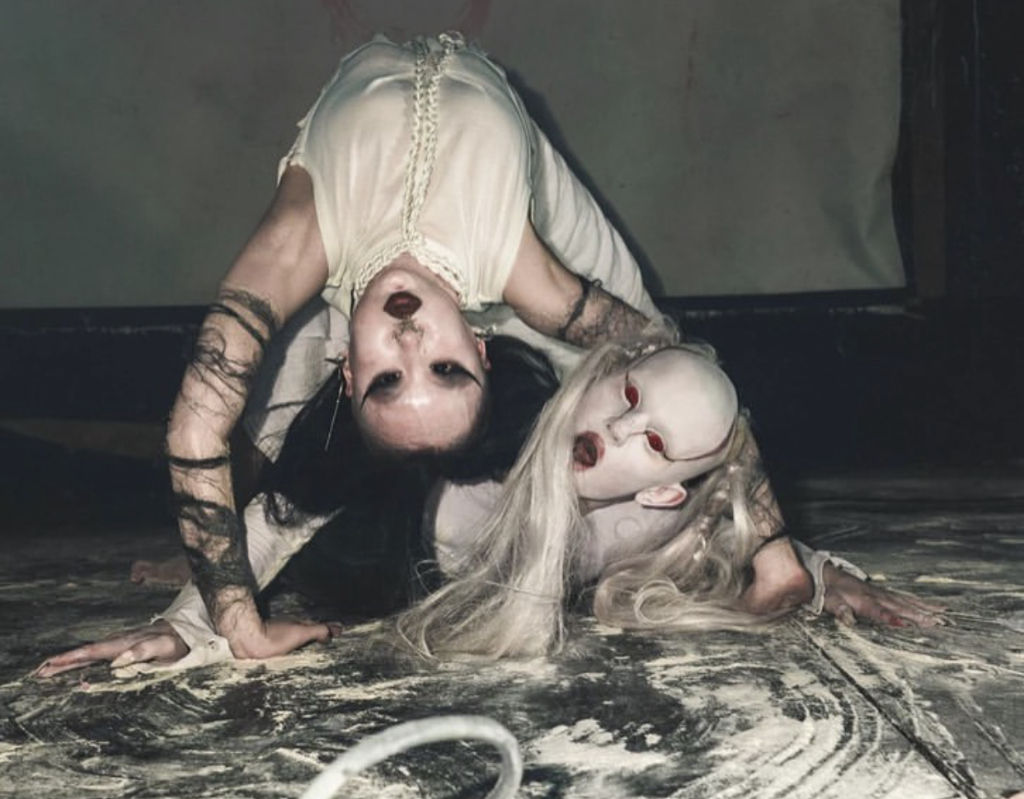
The influx of young Chinese creatives, born at the end of the 20th century and arriving in London during the last decade, arguably provides for the cultural movement that is most refreshing for the city now while testifying to global momentum. Bringing along their moody abstractions, effortless perfectionism, arresting sense of style, unsettlingly charming take on hi-tech aesthetics and elusively fascinating, paradoxical narratives, new visionaries from China became the highlight of London’s art collage grad shows, electronic music club nights, fashion subcultures, performance events and cinematic experimentation ever since Xi Jinping’s Little Pink online red guards took over Chinternet.
Several music platforms committed to Far East Asian sonic creations in London, such as Chinabot, Eastern Margins or Tokoro Studio, are represented by Chinese maverick experimenters of the likes of Yewen Jin. A core group of Chinese art students attends their events. Outrageous techno/goth club nights of Wraith or Tremors tend to attract gangs of neoChinese fashion tribes that follow twisted robotic choreographies by Wraith resident performer WenZhe Li or phantasmal cinematography by Caviar to the General. Some of this year’s most intriguing art shows in London include a group of Chinese femborgs curated by Uchercie and xenofemist acts of Posthuman Eroticism by Abadteeth.
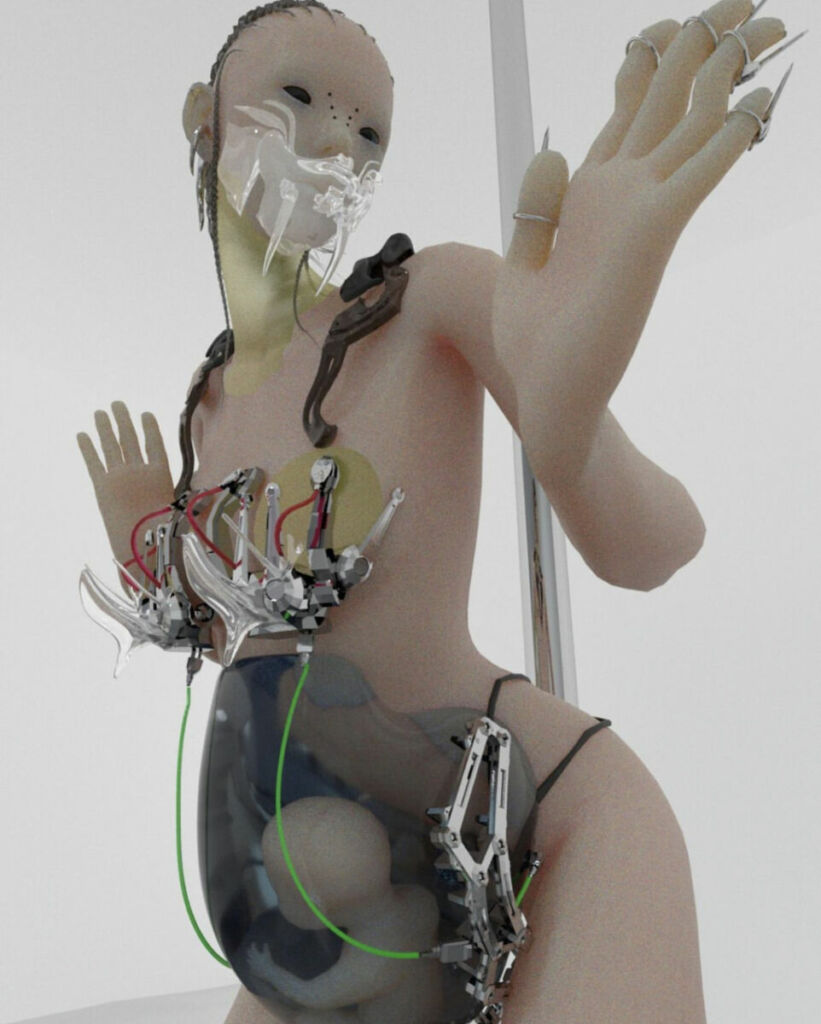
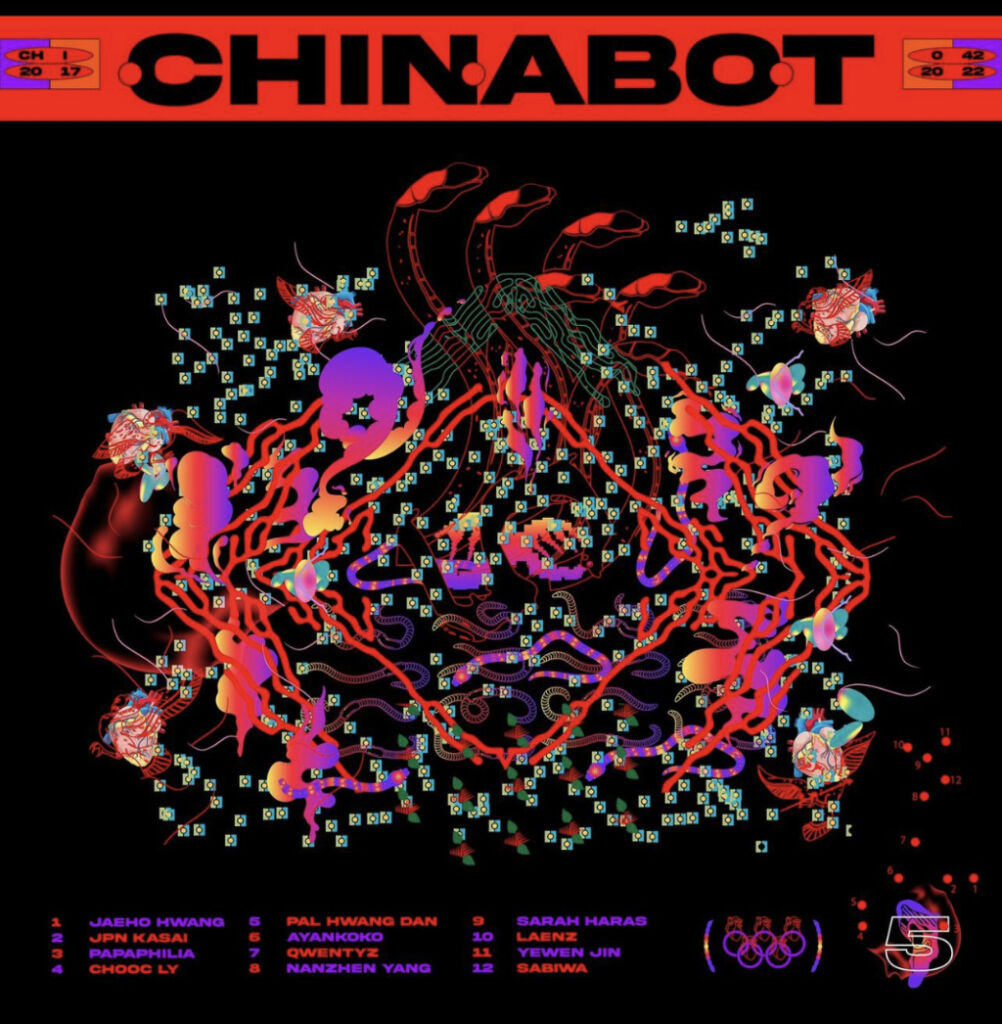
Meanwhile, in the middle of this summer Zabludowicz Collection launched a program of multimedia shows called Dust to Dust that already featured simulation art filled with live-programmed postapocalyptic nostalgia by 00 Zhang (aio0o0o0) and will soon present a dance performance by movement artist Yen-Ching Lin, alongside ongoing (till 13 August) installation that includes ‘Dust’ – the highlight of last year’s Transmediale filmed at Tibetan sky burial monastery rooftop by the famous graduate of University of Arts London collages turn prodigious theatre director TianZhuo Chen.
Living their EuroAsian nomadism of post-Maoist globalisation, neoChinese artists circulate between Beijing or Shanghai and London, in conversation many of them insistently repeat Lu Yang’s cyber-escapist vow that they live on the Internet, not in China but probably also secretly practice what Miao Ying rephrased as existing on Chinternet. Transgressing nationalist campaigns of their totalitarian home state, they are simultaneously profoundly influenced by Western media commerce, which offers a complementary ideology that neoChinese art plays with.
As the current government in Beijing accelerates political repressions and censorship of the Internet, Chinese new media powered by AI are put to work as cutting-edge surveillance and propaganda that provide re-education through smartphones and the Internet to the world’s largest group of Internet users (soon a billion!). In an active struggle against this techno-dystopia, many young Chinese circumvent governmental restrictions (such as the online Great Firewall of China) via everyday hacking, which enables them to cross cultural boundaries and eventually propel themselves across continents to London.
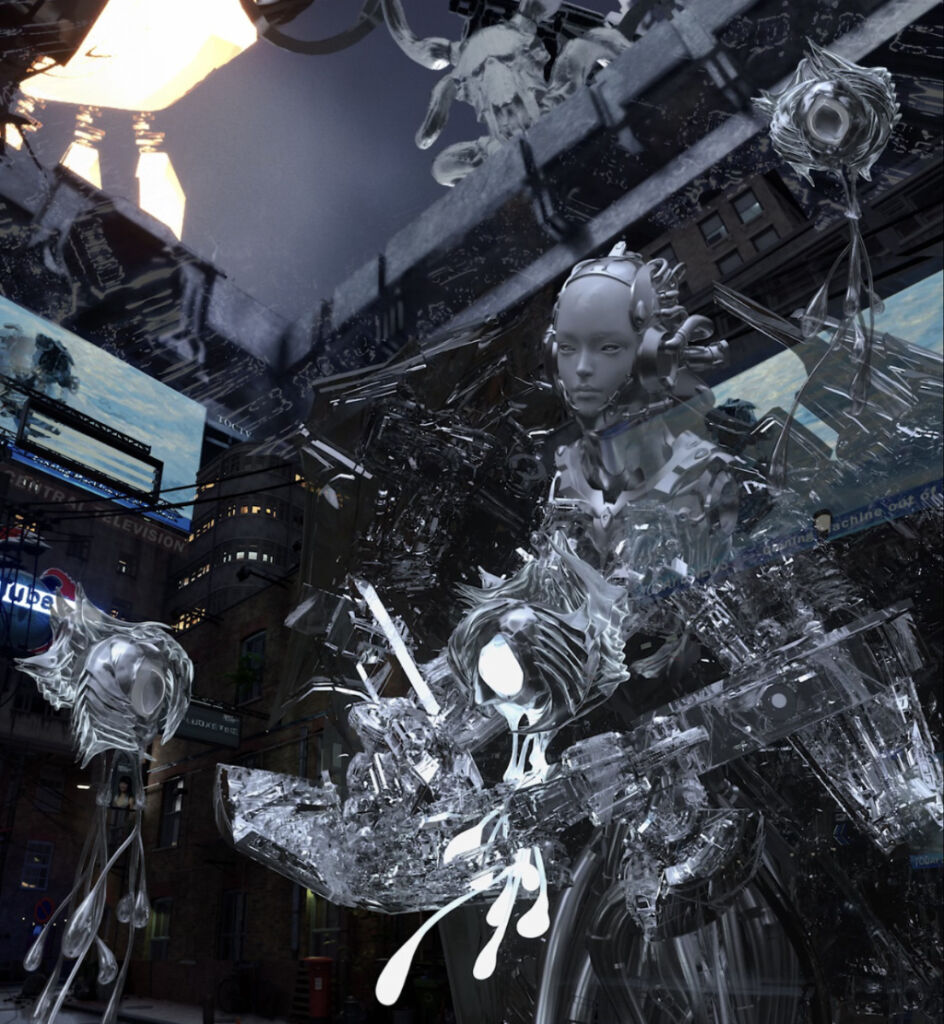
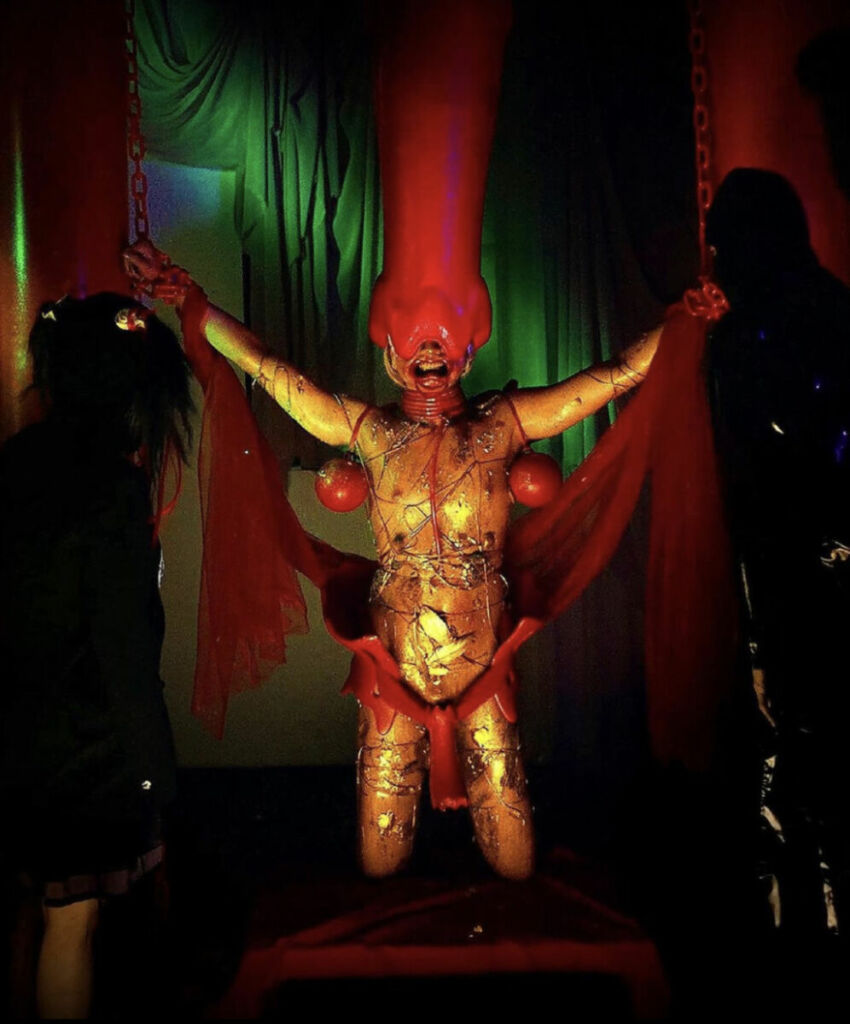
Symptomatically, neoChinese artists who attempt ‘trans-nationalism’ to escape the lurking supervision of turbo-Maoism with their artistic post-passport identities remain awkwardly heirs of the monstrous system. Born as babies of economic boom, they are considerably indebted to governmental rule that enriched their families (often Communist Party members), who could afford to send lucky children overseas. Spawned by the one-child policy, the generation is seemingly shaped by the alienation of growing up without siblings (or sometimes even without parents who, in many cases, were too busy with business to rear their children) but instead nurtured by the rapid hyper-urbanisation of megacities.
Those conditions can be considered critical for recurring in neoChinese artistic practice themes of intense post-humanist detachment arranged in versatile poetics of ambiguity, which Barbara Pollack identified as a non-obvious but methodical strategy of creative freedom originated from a society where direct political critique would face repressive policing and effectively compromise careers and lifestyles. For Chinese youth educated in London, not only do art spaces provide a more secluded environment for discourse, but the subtlety of non-linguistic, abstract forms of expression and communication within contemporary art scenes offer sophisticated freedom of thought.
Analogically to 20th-century Eastern European art that conceived extraordinary poetic styles to elude Soviet censorship, 21st-century art of Chinese global nomads indulge in undoubtedly arresting but cryptic figurations and narratives. Learned by endless surfing of the Chinese Internet, hacked cosmopolitanism of post-Internet neoChina art becomes an anti-ideological escape route from the totalitarian deadlock of the Chinese Communist Party’s industrial empire. Uncoupled from a political context, the hypnotic neon glow of skyscrapers and superhighways transport neoChinese artists into a virtual game fantasy of digital enlightenment that inhabits apolitical computer-designed animations.





